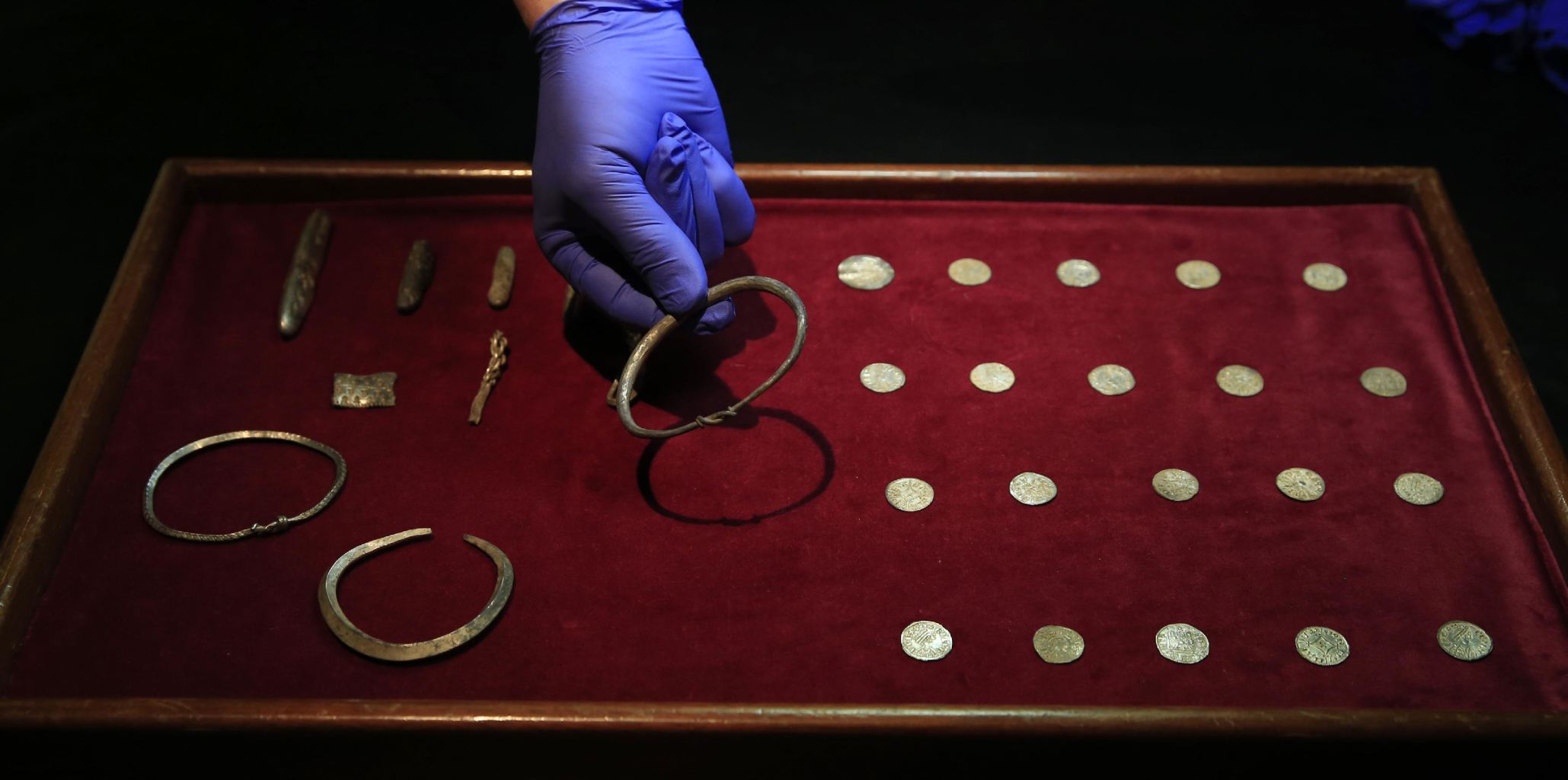A rare Viking hoard of arm rings, coins and silver ingots has been unearthed in Oxfordshire. The hoard was buried near Watlington around the end of the 870s, in the time of the "Last Kingdom".
The hoard includes rare coins, jewellery and silver ingots
[Credit: Trustees of the British Museum]
[Credit: Trustees of the British Museum]
This was when the Anglo-Saxon kingdoms of Mercia and Wessex were fighting for their survival from the threat of the Vikings, which was to lead to the unification of England.
Archaeologists have called the hoard a "nationally significant find". The hoard was discovered by 60-year-old metal detectorist James Mather.
He said: "I hope these amazing artefacts can be displayed by a local museum to be enjoyed by generations to come."
The find in October was lifted in a block of soil and brought to the British Museum, where it was excavated and studied by experts from the British Museum in London and the Ashmolean Museum in Oxford.
Read the rest of this article...






